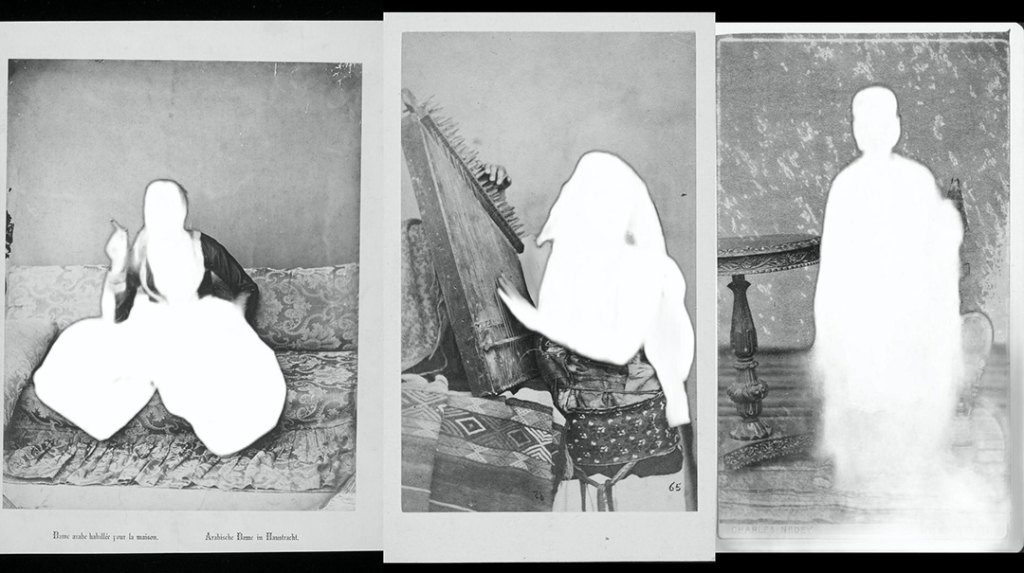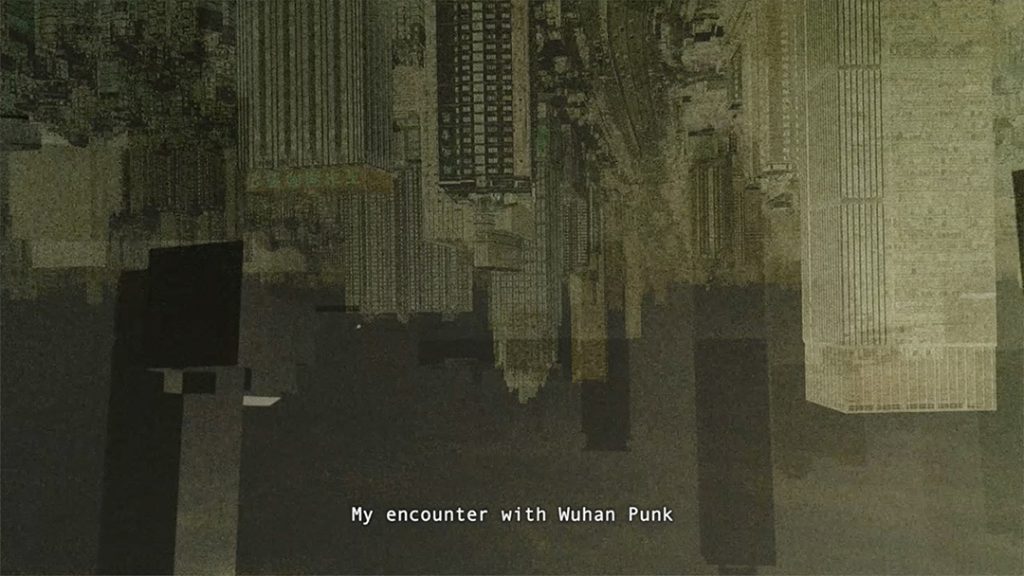Text by Juliette Wallace

Circumstance dictates action. Pathways are created in accordance with necessity: a trajectory can abruptly change direction and carve out new channels in response to what is being navigated. These ‘channels’ – if built with the right vision and gusto – are ripe to become both routes of discovery and settings for inter-directional change. Often times these forced changes by virtue of circumstance are a blessing in disguise, a means by which to explore new realms. Einstein was famously a fan of this approach, and he coined the term “necessity is the mother of all invention”, which he declared off the back of Plato’s original statement of the same sentiment.
We recently found ourselves, on a global level, in a state of necessity for invention in dealing with the Covid 19 pandemic. As a result of the context of isolation and fear, new channels of thought and action were carved out, and boundaries were crossed. The division between physical and virtual realms took on a new character, giving rise to innovative responses across fields, including technology and health. Digital tools for diagnostics and treatment gained prominence as a way to reduce the spread of infection and cope with the shifting demands placed on healthcare systems. The response by the general public was mixed, and artists and cultural sectors saw an opportunity to respond through their own digital platforms. One of these cultural institutions was Somerset House – the 18th-century neoclassical complex in the heart of London, home to over 200 artists and creatives.
The innovative and appropriately titled Channel was born in September 2022 as Somerset House’s new curated online space for art, ideas and the artistic process. As the name suggests, Channel represents alternative pathways for creation, contemplation and discourse within the context of one of London’s most established historic institutions; in Eleanor Scott’s (Head of Digital)own words: the platform present[s] newly commissioned cross-disciplinary works, as well as exploring and unpacking the artistic process and ideas that drive them. As part of this online realm, residency opportunities were introduced with specific focuses and goals. The PATH-AI residency program was one of these and has proven to be both a stimulant for important discourse amongst technology, medicine and cultural experts and a means for the interpretation and expression of these discussions by international artists.
The PATH-AI project began with a focus on three different examples of data-intensive technologies in the arenas of health and social care: digital contact tracing apps, medical symptom-checking tools, and care robots – technologies that potentially offer huge benefits but also raise many questions about ethics and governance. Housed on Somerset House’s online platforms, the program was developed through a partnership of 4 institutes – Somerset House Studios, the UAL Creative Computing Institute, the Alan Turing Institute, the University of Edinburgh and the RIKEN research institute in Japan. This cross-departmental, international approach is key to the fabric of the residency. It resonates throughout the artworks made by the PATH-AI Artists in Residence (AiR), Nouf Aljowaysir, Chris Zhongtian Yuan and Juan Covelli, each of whom has created a digital work in response to the program’s central theme of the human relationship to Artificial Intelligence.
Nouf Aljowaysir, Chris Zhongtian Yuan and Juan Covelli originally hail from Saudi Arabia, China and Colombia, respectively and became engaged with PATH-AI through an open call for a 6-month remote artistic residency. The idea of working together from afar with institutions, including the previously mentioned Alan Turing Institute and the RIKEN, was an inspiring opportunity to take their works in new directions and formulate spaces for comparative responses to three temporal realities: a norm-shifting recent history, our current state of trauma and response, and possible futures, both bleak and hopeful.


The different cultural contexts of each artist is key to the works produced and gives a unique insight into the AI/human rapport on historical and geographical levels. In an interview with CLOT, all three artists commented on how fascinating it was to see how the others responded to and interpreted the residency. Nouf Aljowaysir stated: I felt inspired to see the different takes and perspectives from two other cultures. It made me feel that together we encompass one voice. The voice of what AI as a tool of mass destruction can do to the “other”. A tool that has crossed the Trans-Atlantic sea to cause ripples of effects, changing the political, the personal and many ways we are probably still uncovering today.
Aljowaysir’s work is a short and personal film titled Ana Mon Wein (Where Are You From?). It is a poetic exploration of cultural erasure embedded in, and enacted through, AI tools. Genealogy and cultural histories are central to Ana Mon Wein, which throws up challenging questions of Western imposition of “progress” at the expense of tradition, posing the threat of effacing entire, non-western ways of being. In many ways, I did find myself seeing the AI voice as this similar voice that hovered over me as a teenager moving to the US,” states the artist. “I think AI is a huge embodiment of western media. The generalizability of identity, the stereotypes, the reduction of identity, and the western gaze/bias are things the AI replicates…Oftentimes, we accept technologies given to us by the west, and we don’t ask: does this work for us and our cultural context? As a viewer, we are forced to ask ourselves this question and understand that there are nuances which we often ignore. It is up to us what this means and how far we are willing to go and let go.
Juan Covelli’s work is rather different. Los Caídos (The Fallen), “assembles many of our most pressing anxieties about AI into a high-octane narrative of the social uprising that feels like it’s been ripped straight from the headlines” [1]. The piece is overtly inspired by the recent pandemic and the impact of technologies developed as a result. Through digital video landscapes reminiscent of the video game aesthetic, the artist presents an image of a grim AI-dominated world that he thinks may not be far from our current existence. In response to a question about the possibility of his prediction becoming a reality, Covelli states: I use science fiction as a discursive device in my work. I believe this possible future, in fact, is a reality we are living in nowadays…we are governed by algorithms of artificial intelligence created by multinational corporations that are forcing our way of thinking and making our societies more and more divided with hate speech and fake news. Although the work ends on a somewhat hopeful note, the artist is sure to press that his conclusion is “more a provocation or a suggestion to think in different narratives that we can all construct together” rather than simply being a neatly tied bow at the end of a messy story.
Cloudy Song is the title of the work submitted by the third AiR, Chris Zhongtian Yuan. In this piece, as with Aljowaysir’s video, we return to the concept of history through memory rather than tradition. Contrasting with the other two works, Cloudy Song is shot on film and entirely black and white. It tells the narrative of the fraught, complex relationship between an amnesiac human, Minmin, and their care robot. As with Covelli, the notion of privacy and boundaries is raised in relation to care. In explaining the dynamic between the two protagonists, Yuan says: this relationship is rather codependent – at times intimate, other times troubled and fragile. I often think about this relationship as common in all human relations, from friends/family to nation/states, from our attitude towards technology to our fraught relationship nature. However, I also wanted to make the relationship between Minmin and the AI care robot more complex… I want to get away from existing binary relations, so the relationship between the two characters in the film is often entangled, with one constantly and critically questioning the other. Considering the focus of PATH-AI and the emphasis on the societal response to AI care, the personalisation of this experience in Cloudy Song gives the public a new level of entry into the research.
If the pandemic has taught us anything, it is that collaboration and innovation are key, and Somerset House has embraced this approach through Channel and PATH-AI. With the help of their three partners and the PATH-AI AiR, the Channel residency has encouraged new pathways of thought and creation through necessity. The artists’ engagement with scientific and cultural institutes and the impact of this cross-disciplinary dialogue shines through on a level that will hopefully set a precedent for future artistic endeavours.





